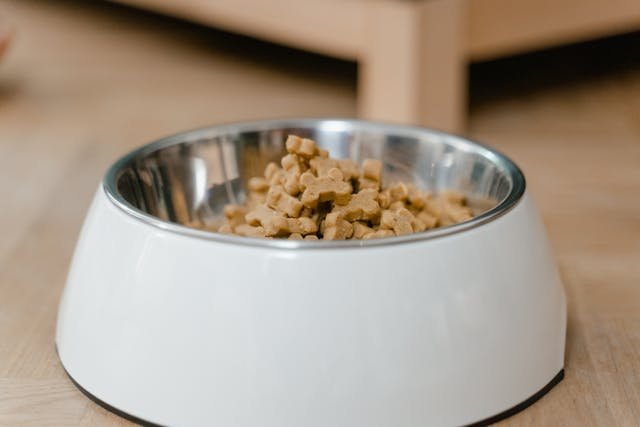Turtles might be low-maintenance compared to cats or dogs, but when it comes to their diet, most pet owners are making big mistakes.
And those mistakes can lead to shell deformities, lethargy, digestive problems—or worse.
Here’s what you need to know to stop feeding your pet turtle the wrong way, and start supporting a healthier, longer life.
The #1 Mistake: Overfeeding Protein
Many turtle owners rely heavily on commercial pellets or live feeder insects like mealworms or crickets. While these foods are fine in moderation, too much protein can cause serious issues, especially for aquatic turtles.
Over time, excessive protein can lead to:
- Shell pyramiding (a deformity where the shell grows unevenly)
- Kidney damage
- Obesity
“Protein should only make up about 25-30% of a turtle’s total diet,” says Dr. Linda Pham, a reptile veterinarian. “But most pet turtles are fed double that.”
You’re Probably Missing the Greens
Turtles are omnivores, and plant matter is crucial to their diet. Yet many owners skip this step entirely.
Daily greens should include:
- Collard greens
- Dandelion leaves
- Romaine (never iceberg)
- Duckweed or water lettuce (for aquatic turtles)
These greens are rich in fiber and calcium, which supports bone and shell health.
Tip: Rotate greens to mimic a varied wild diet.
Feeding Frequency Matters
A common myth is that turtles should be fed daily. In reality:
- Juveniles (under 1 year): Feed once per day
- Adults: Feed every other day, or 3-4 times per week
Constant feeding leads to overgrowth, organ stress, and shortened lifespan.
The Calcium Crisis
Most turtles don’t get enough calcium. Without it, their shells become soft, brittle, and prone to infection.
How to fix it:
- Dust food with a calcium supplement (with or without D3, depending on UVB exposure)
- Offer cuttlebone in the tank
- Ensure full-spectrum UVB lighting for proper calcium absorption
Watch Out for These Toxic Foods
Avoid feeding turtles:
- Iceberg lettuce (zero nutrients)
- Spinach (binds calcium)
- Rhubarb
- Raw meat or fish (high bacteria risk and unbalanced nutrition)
Also avoid feeding human foods like bread, pasta, or dairy. Turtles can’t digest them properly and it causes internal damage over time.
Sample Balanced Feeding Plan
Here’s an example for an adult red-eared slider:
- Day 1: Pellets + romaine + shredded carrot
- Day 2: Fast or leafy greens only
- Day 3: Live prey (crickets or earthworms) + kale
- Day 4: Pellets + dandelion greens + calcium dust
- Day 5: Fast
Adjust based on your turtle’s species and age.
Final Thoughts
Feeding your turtle isn’t just about tossing in pellets. It’s about understanding their biology, metabolism, and environmental needs.
Turtles can live for decades—but only if we feed them like the unique reptiles they are.
So next time you reach for that pellet jar, ask yourself: am I feeding out of habit or understanding?
Because when it comes to your turtle’s health, what you feed truly shapes their future.







